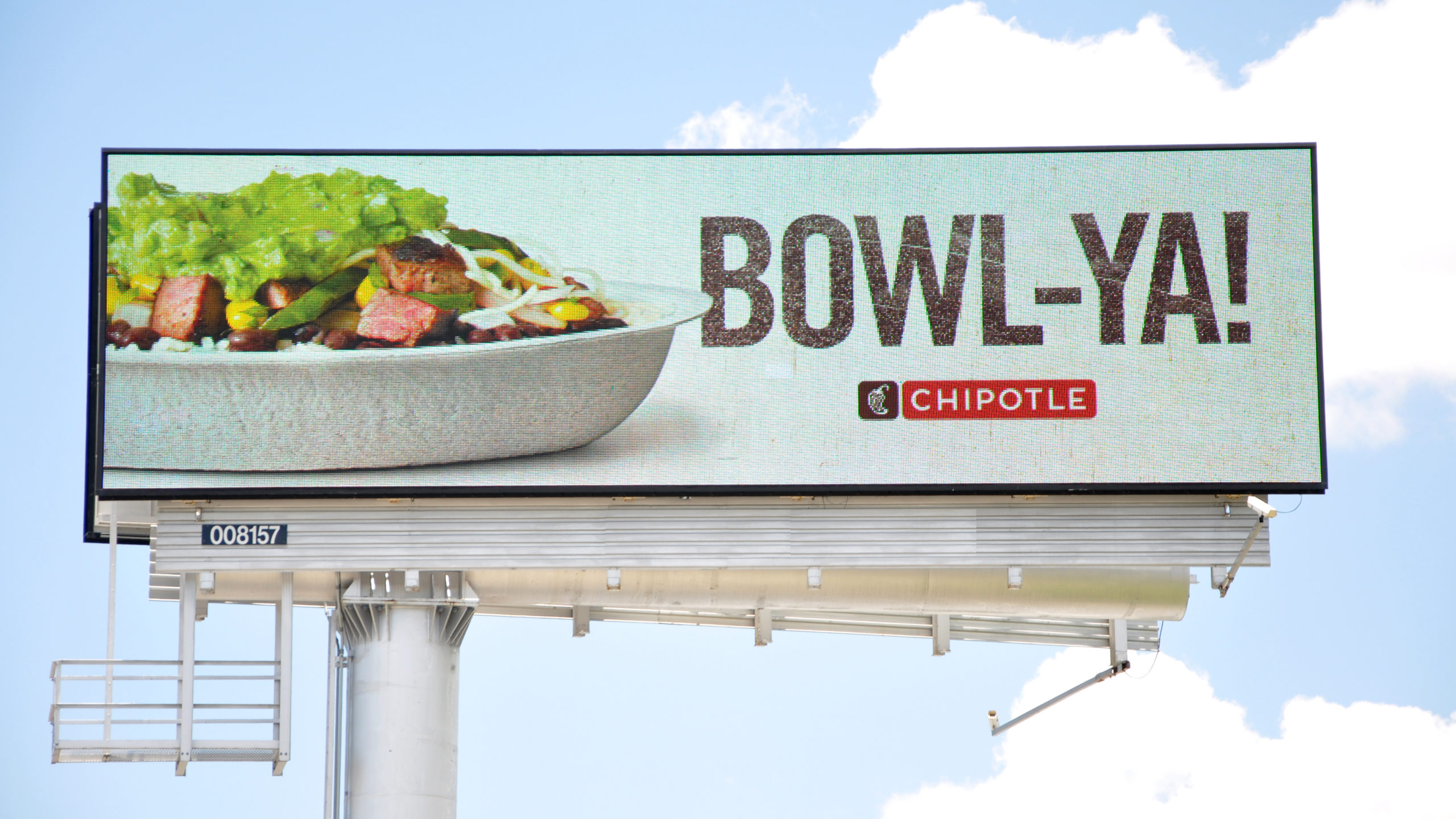
The latest OAAA membership survey says the top goal/ challenge on the real-estate side of the business is obtaining permits for digital billboards.
I understand the challenges of dealing with government, an organized opposition, and the press. Our chances of success go up when we have the right tools.
By any measure, the rollout of digital billboards is a successful product introduction. Digital billboards passed the government’s safety test and they are efficient, recyclable, protected from hacking, and used by government at all levels.
A federal judge, in 2014, dismissed Scenic America’s lawsuit against digital billboards. The appellate ruling will come soon.
Twice a year, OAAA surveys digital billboard inventory. The new total is 6,400 digital billboards nationwide. This updated number reflects steady growth; in mid-year 2015 we counted 6,100.
As digital billboards came to market more than a decade ago, the industry pioneered safety research, self-regulated lighting and animation, forged partnerships that benefit the public, and certified gains in efficiency.
Traffic Safety
OAAA invested $1 million-plus in research, analyzing accident records and driver behavior. Sophisticated federal research validated industry-sponsored findings that digital billboards don’t distract drivers.
Lighting
The industry produced reasonable, easy-to-understand lighting standards that save energy and avoid glare. A growing number of states and localities have adopted the industry standard, which adjusts brightness of the sign to surrounding light conditions.
If regulators are curious or confused about lighting, contact us to help arrange a demonstration to show them how lighting controls work.
Government Uses the Product
State, federal, and local agencies rely on digital billboards to communicate with the public — often on behalf of safety — including the FBI and the Federal Emergency Management Agency (FEMA). One of my favorite testimonials comes from the FBI, which touted digital billboards as “force multipliers” to help police.
Security/Anti-Hacking
Taking pro-active measures, the industry has safeguarded structures and software from cyber attacks.
A non-member company was hacked in Georgia, so we know the threat is real. As I write this column, new OAAA research is underway to upgrade security.
Energy Efficiency
The marketplace pushed big gains in energy efficiency, which cut costs and energy consumption. Engineering experts commissioned by OAAA charted this positive trend line.
Recycling
Opponents raised the red herring that obsolete digital billboards might be discarded in landfills as techno junk. On the contrary, these valuable structures are being recycled.
Accepted/Regulated
Nearly all states with billboards have taken steps to regulate and allow digital billboards. The most recent progress occurred in Montana, which developed regulations and sent them to public hearings.
Digital billboards operate in more than a thousand localities, including Cleveland, OH, where Ward 3 Councilman Joe Cimperman summed it up like this: “Digital billboards are right in line with the whole cityscape. They communicate that we are a city that embraces technology. We actually have some of the newest state-of-the-art cutting edge advertising.”
As always, should you have questions or comments, please contact me at [email protected] or call (202) 833-5566.
The Right Tools
- Case Study: Emergency Messaging
- Compendium of State OOH Laws
- Issue Brief: OOH Lighting and Dark Skies
- OAAA Digital Security Guidelines
- Report: Energy Efficiency of Digital Billboards
- News: Couple Wins Court Fight Over Digital Billboard
- News: Digital Billboards Don’t Distract
- Video: Digital Billboards Help Communities
- News: Judge Dismisses Lawsuit Against Digital Billboards
- News: Recycling Digital Billboards
Published: March 7, 2016